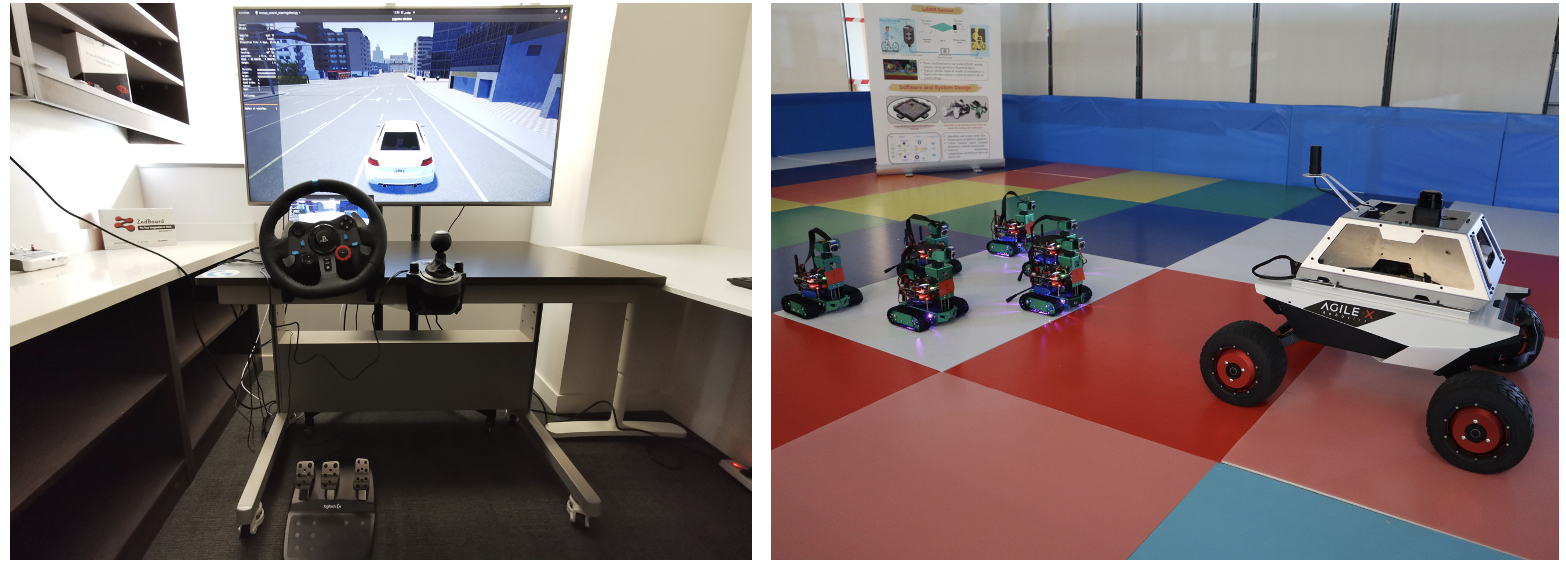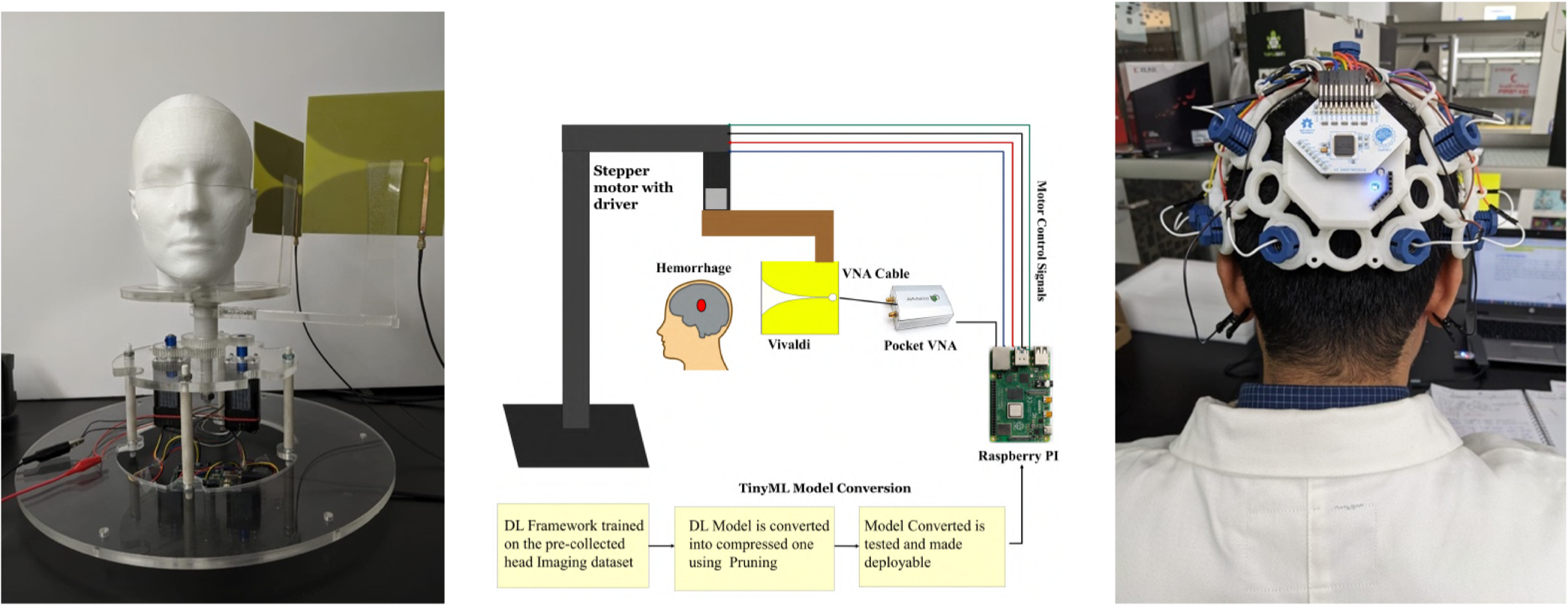Living Lab Targeting CS+[X] Interdisciplinary Education
|
The Innovative Technologies Laboratories (ITL) at KAUST focus on a broad range of technical areas, including robotics and autonomous systems, AI for health, smart cities, intelligent materials, and nanotechnology, to name a few, and provide state-of-the-art innovative technological solutions addressing challenging problems for the region and worldwide. On the education side, ITL is interested in developing a student-centered living lab style experiential learning platform in the framework of project- and place-based education for interdisciplinary CS+[X] students with applications in health and robotics domains. Using a living lab as a place-based experiential learning strategy instead of a traditional lab helps students improve their understanding of complex engineering problems and enhances their innovative abilities. At such a platform, talents from different disciplines are gathered, and various disciplines can complement each other via a dynamic curriculum. Moreover, it introduces user needs into the real-time research and development stage of innovative applications to form innovative products and application concepts with a broad mass base. Some examples of utilizing the living lab approach in CS+[X] education are summarized below: |
|||
Living Lab Methodology Targeting CS+[X] Education for Autonomous Systems and Intelligent Robotics
The knowledge of computer science and computer programming is becoming a necessary skill for autonomous systems and intelligent robotics. The living lab technique can act as a pedagogical tool to promote experiential learning in artificial intelligence (AI)-based autonomous ground robotic systems. The use of AI-enabled virtual test platforms, which can partially substitute for road testing, has made testing autonomous driving more straightforward. We have been creating Living Lab projects to strengthen the CS+[X] students' system design abilities and evaluate autonomous driving concepts in real-life scenarios to refine technological solutions further. This approach allows students to go out of the classroom to conduct investigations and research in practice, discover problem gaps, solve problems independently, improve their creative practice ability, and learn creative methods to solve problems. As a pedagogical approach for student-centered learning within the framework of place-based education, the proposed living lab project offers interdisciplinary CS+[X] students the opportunity to actively participate in the co-creation of knowledge and innovation in real-world contexts, which in turn leads to an improved understanding of complex engineering problems and the development of solutions to those problems. While the student learning outcomes are assessed on pre-defined rubrics, the evaluators ask the students questions so that students' outcomes can be fully explored and displayed.
|
Living Lab Methodology Targeting CS+[X] Education for Health Applications
Modern intelligent health applications require knowledge of computer science which necessitates the focus of CS+X education targeting health sciences. We implemented a project-based learning strategy through the design of biomedical imaging systems for various applications. The primary goals of this interdisciplinary project are, firstly, to train students to implement the theoretical knowledge towards the design of innovative technical products directly targeting one or more sustainable development goals; secondly, to motivate students to choose to learn more about biomedical imaging system development while appreciating the need of interdisciplinary approach in solving a complex engineering problem; and finally, to make students realize the need for technological innovations in the development of portable and cost-effective diagnostic products for developing world. Students are provided in-depth expertise to design and synthesize major hardware components, thus enhancing their product development skills. In the software section, students are develop biomedical imaging reconstruction algorithms and apply state-of-the-art AI techniques to enable the efficient working capability of imaging setup. During the project activity, the instructors can evaluate the students' performance via pre-designed evaluation rubrics. Similar other projects include the utilization of the brain-computer interfaces (BCI) to monitor brain activity in real-time, and to train suitable AI models for helpful decision-making in clinical settings.
|
||